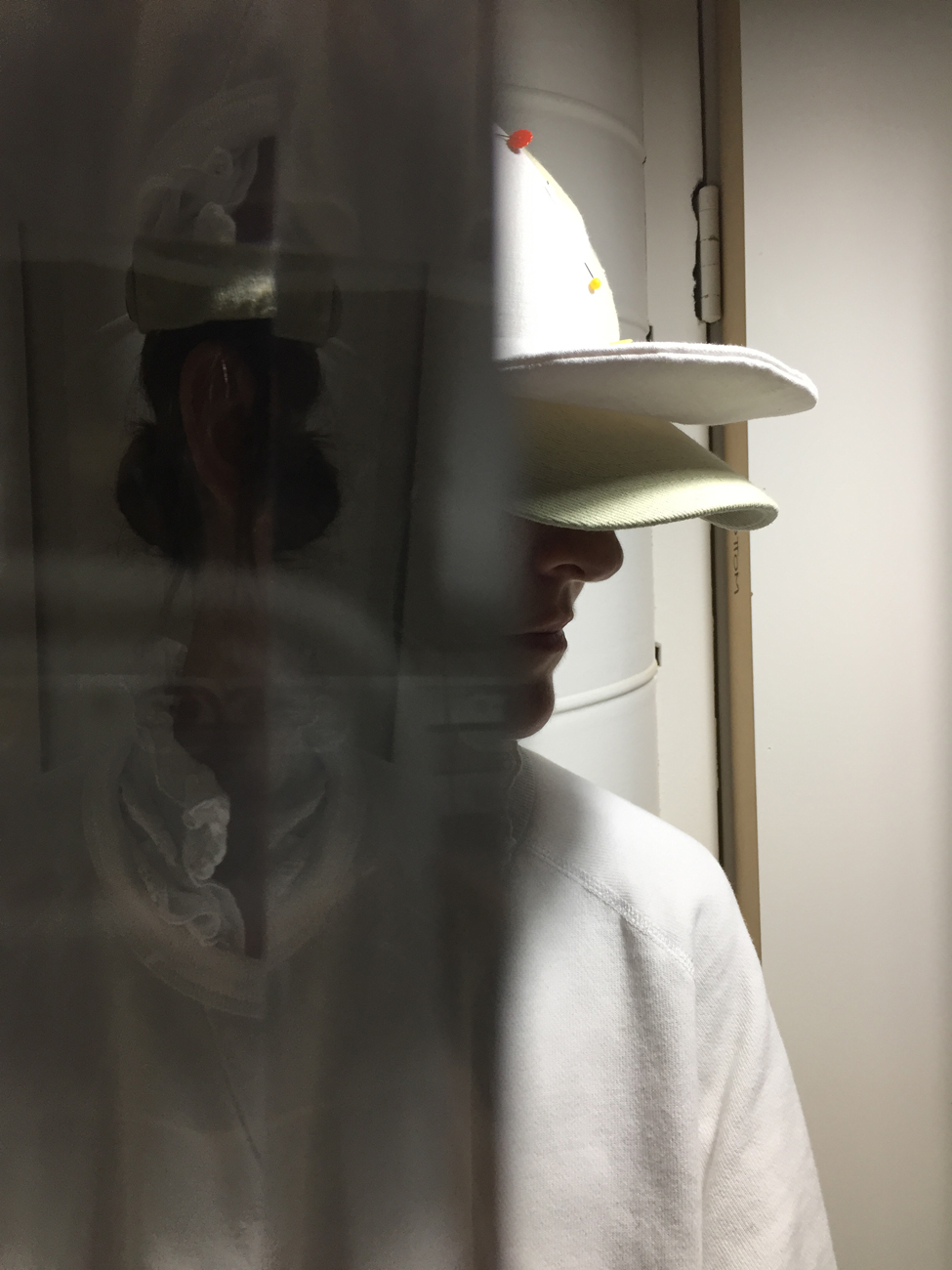Actually Existing
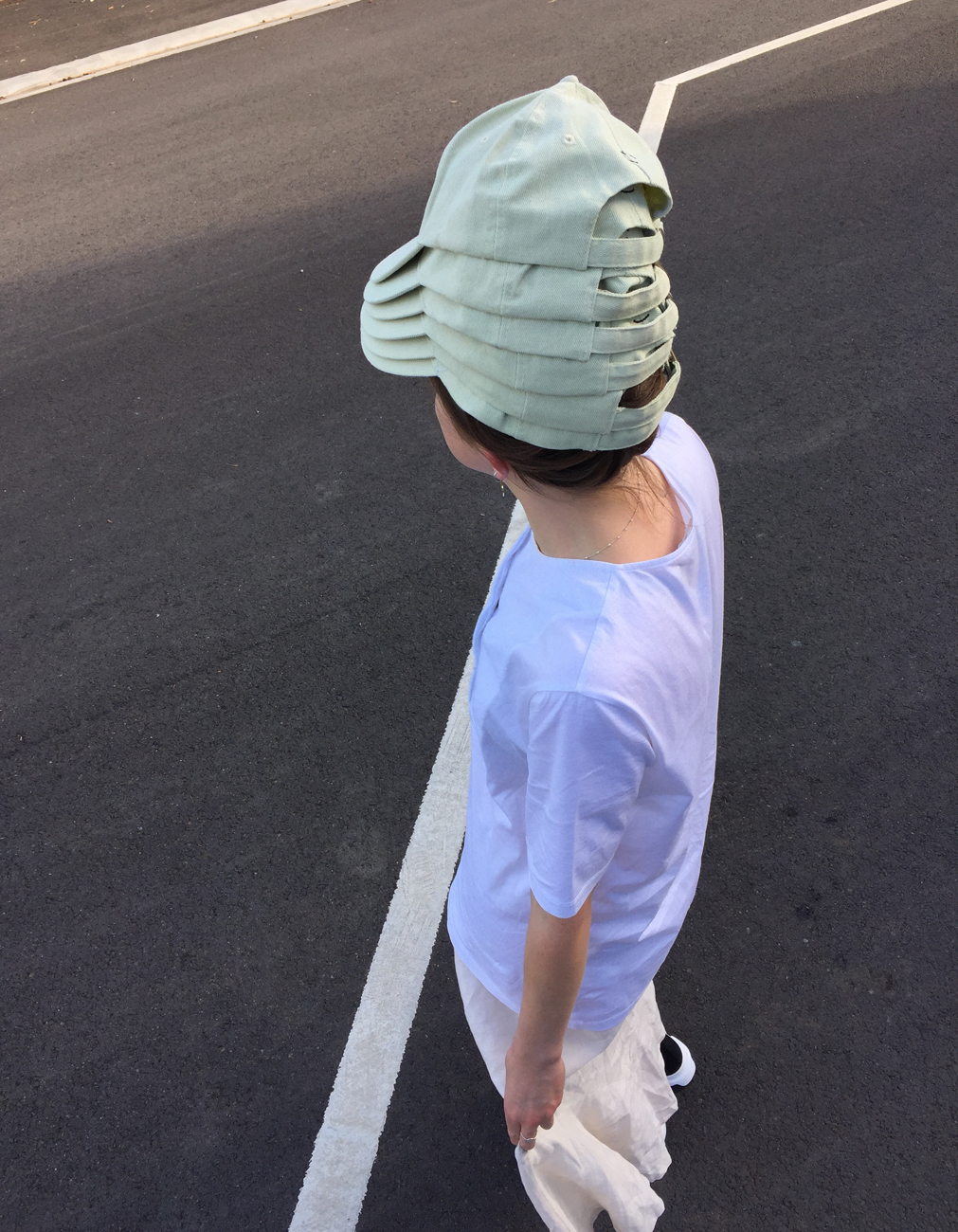
Olivia & Anna Nicholas - Actually Existing
Actually Existing seeks to reimagine luxury through exploring traditional craft(wo)manship. We work with traditional hand craft methods to develop high end accessories and footwear, the focus is to bring back the desire and appreciation for quality and resist the consumer throw away mentality.
In his book The Craftsman, Richard Sennett writes about crafts(wo)manship as something felt in the body, an impulse, a desire ‘to do a job well for its own sake’. Throughout the years we spent working as designers, we both felt the impulse to one day return to a kind of craft that, as Sennett describes, considers skill and technique as broader cultural practices; as techniques for living a certain way of life. We work with leather and up-cycled materials, including heavy canvas and rubber. We believe in keeping our production local in order to support the various suppliers and associated manufacturers in Melbourne’s industry.

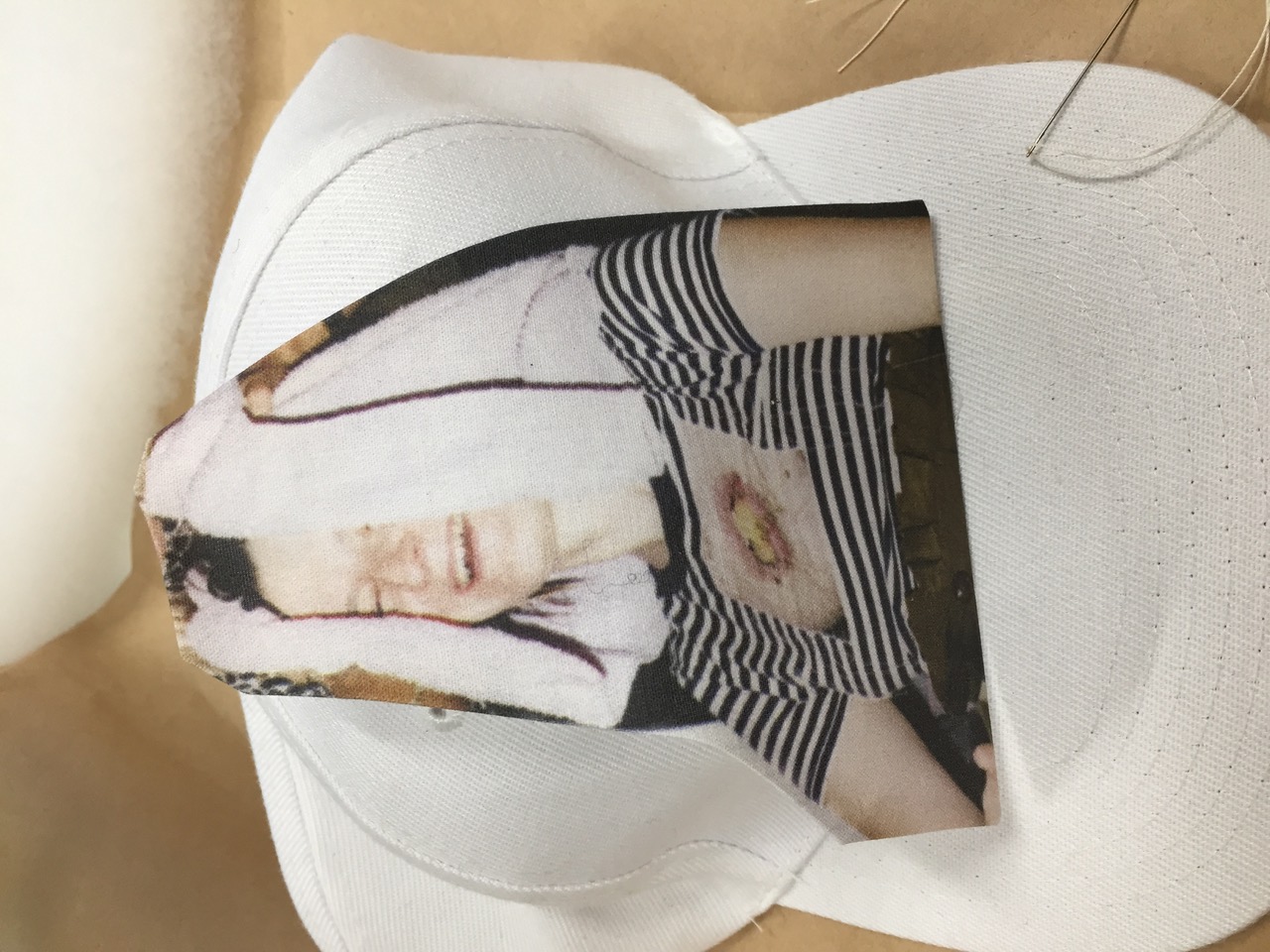
ACTUALLY EXISTING INTERVIEW by Shannon Green:
SGI would like to begin by asking how would you describe your own
practice? And how has your own personal background in design informed
the work produced in collaboration with Matt Finish?
AEThe AE project evolved through the desire to create objects, by hand, from scratch; be
they already existing objects that we edit to give another life, or original hand crafted
pieces that we make to exceptional quality.
We like that crafting by hand sets a kind of natural limit; you can only actually complete a
finite number of pieces. It’s a slow process that we thoroughly enjoy and will continue to
practice as Actually Existing grows. It’s important for us to only make what is necessary,
rather than hold stock, so we never have unwanted excess. We prefer to use remnant
materials to create our pieces, and in so doing, reimagine what would have otherwise
been considered waste.
As well as being interested in the ‘actually existing’ we often find ourselves drawn to the
inverse thought that something exists which is not actual, not current or concrete or
material. And that opens up the space of the unconscious, of fantasy, the imaginary and
the symbolic; all of which we explore in our work.
The Matt Finish project aligned closely to our practice of up cycling at AE so we didn’t alter
our thinking a great deal when approaching this collaborative project. Working with
photographic imagery was new to us though and the images definitely informed our
approach and the final design outcome.
SGMatt Finish has an ethos of sustainability, with the intention to give new
life to existing garments. With this renewable consideration were you
having any particular conversations around this project with yourself and
the people around you?
aeWe’re always having these conversations; it’s very important to our practice and is
something we always think about and try to execute in our work.
sgHow do you incorporate sustainability within your own brand, are there
any parameters you set in place to help create a sustainable production
and final product?
aeActually Existing is a small workshop that creates pieces to order; we never set out to
create a brand or project that was explicitly sustainable or ethical. Our aim was to make
quality pieces that were unique, made with our own hands and that we hoped would be
treasured. Our original vision was to look at existing objects and re-imagine them; why not
use what we have around us rather than purchase new materials to make something
beautiful or that would be considered luxury? Our thought was not ‘let’s be sustainable’ ;
rather our thought was ’why wouldn’t you use what is already in front of you’? So I guess
we are sustainable in many ways as a consequence of decisions made regarding methods
of production we wanted to avoid.
sgWhilst Matt Finish centres around upcycling existing found clothing, it also
in a sense upcycles existing imagery, recontextualising the traditional
surface of images. How did you select which images to work with? Or did
this not affect the overall product? Was there anything particular that you
looked for in the images when selecting which ones to work with?
aeWe were drawn to the images taken of Agnieszka’s mother and sister in Poland. We liked
that there was a personal connection to Agnieszka who took the photos and that they had
the feeling of old family film photographs before digital photography. We built our own
narrative around the series of images which then informed the collaged panel designs on
the up-cycled caps and our exhibition piece of the ‘Bridal’ outfit.
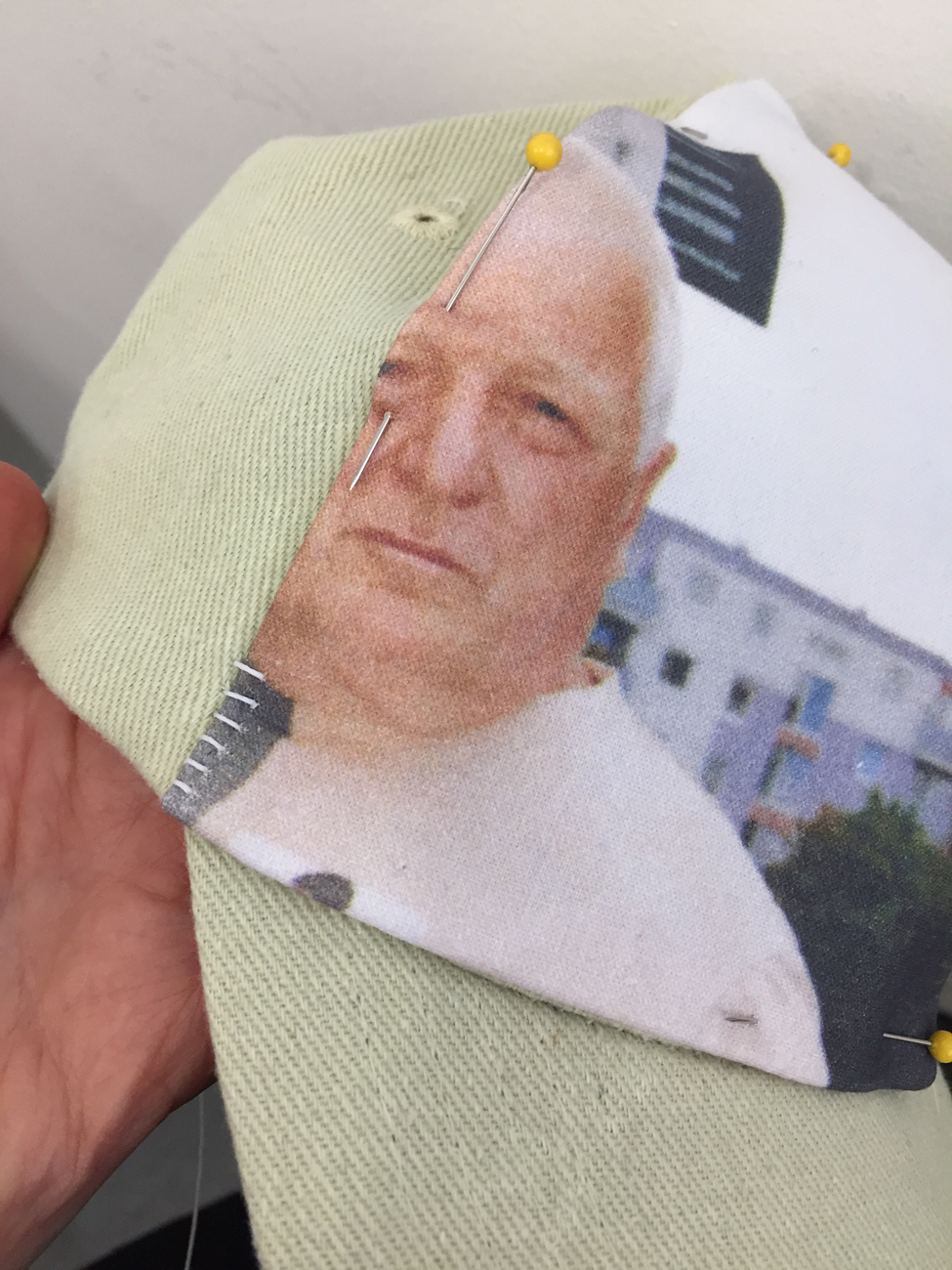
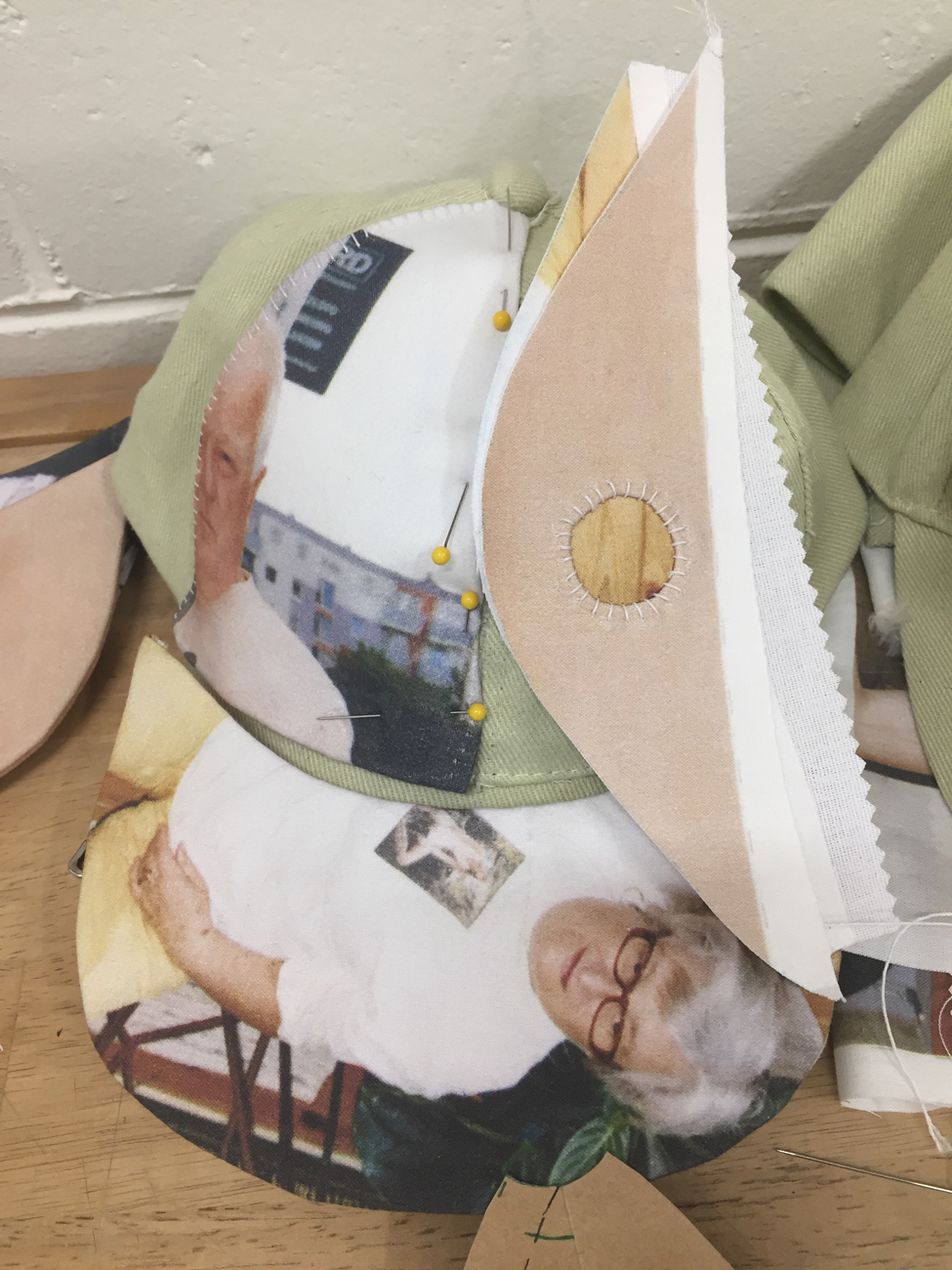
sgDid the images have any impact on the designing process?
aeYes definitely! Like we mentioned, the narrative created around the images determined the
outcome of the collages on the hats. This ‘story’ – our interpretation of what was
happening in the photos – may not be as apparent to others but it was important to us in
informing the design. This in turn inspired us to create a ‘Bridal’ outfit that we imagined
would be worn by the main character in our story.
sgAside from the image incorporation, what was the design process like to
recreate upcycled garments?
aeWe’ve been up-cycling as a part of our own practice for several years, so the process is
very familiar. We love that it’s always a challenge and each piece pushes us creatively;
you’re often faced with new materials you’ve never worked with before or constructions
you’re not familiar with so you’re constantly learning new skills.
sgPart of the project involved selecting pieces to upcycle from a pool of
secondhand garments, how did you determine which garments to use,
and were you drawn to anything in particular?
aeFrom the pool of secondhand goods we selected some crocheted collars that Agnieszka’s
mother made, liking the that there was a connection with our selected images. While
developing our ideas for the project we happened to come across six identical caps in a
secondhand store. The hats were originally made for a hospitality company that were
embroidered with the words ‘Happy Thoughts’ and two little smiley faces.
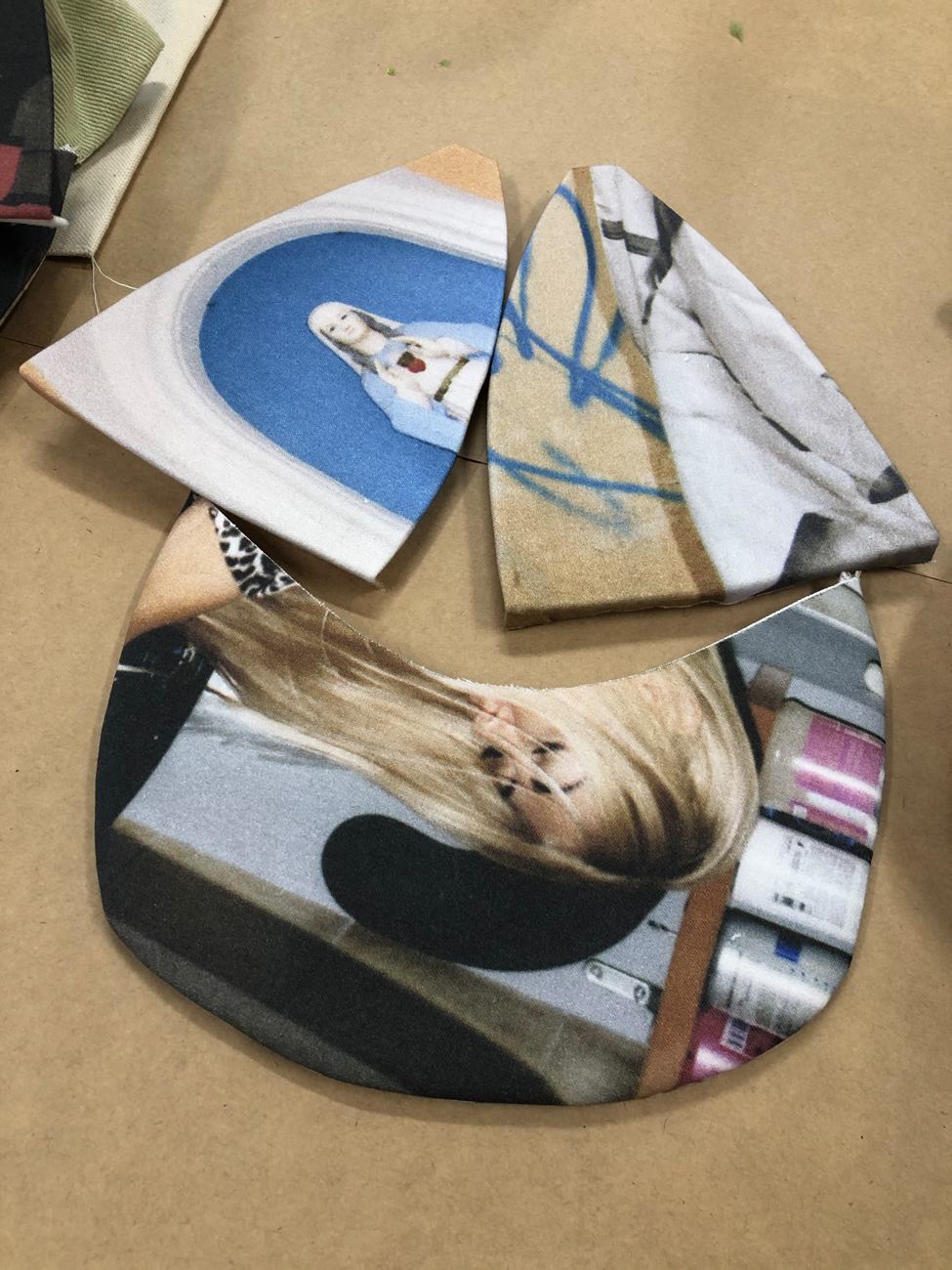
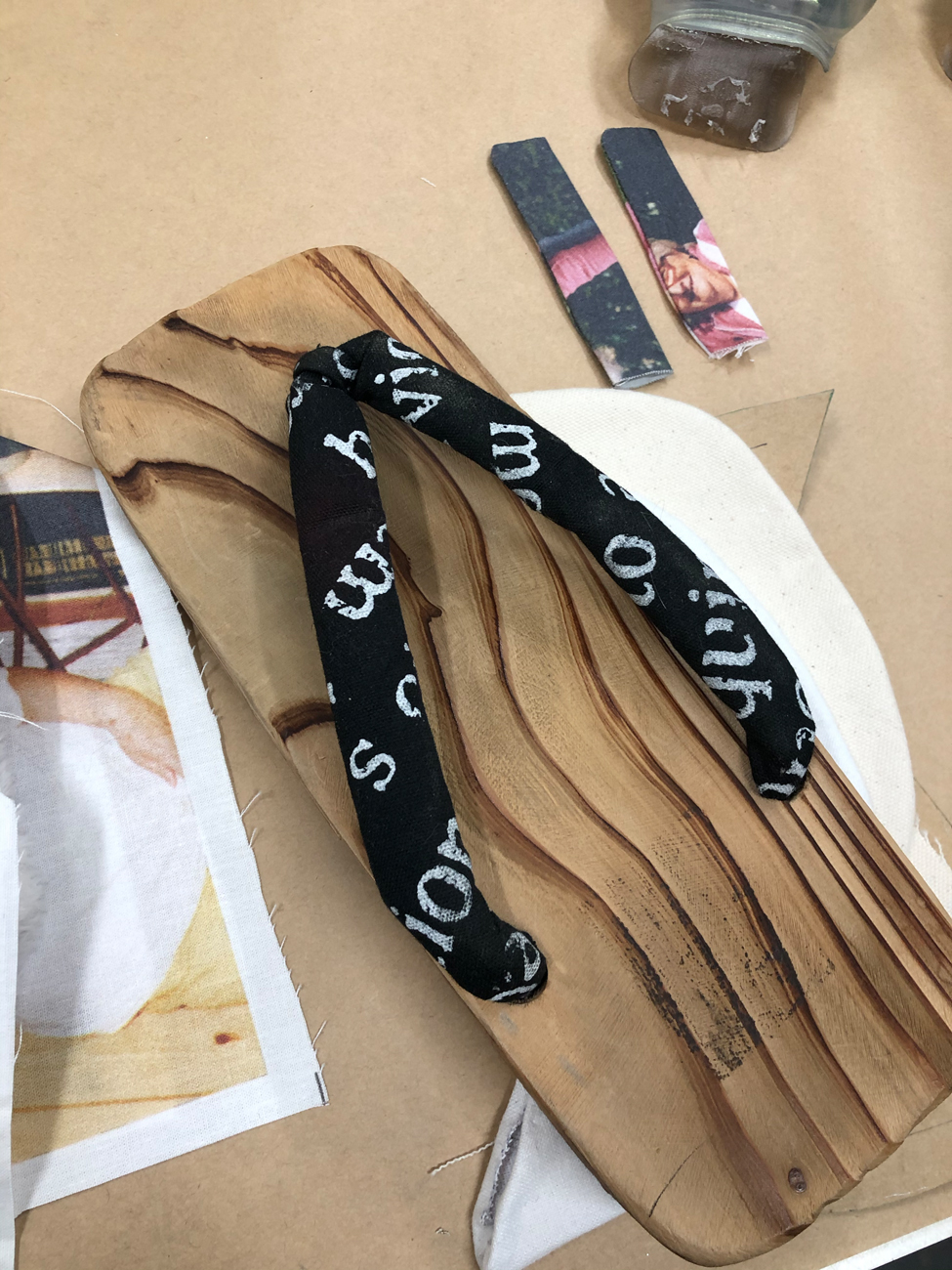
sgMatt Finish being a sustainability-conscious project, did you come across
any waste and if so how did you manage it?
aeWe had minimal waste upon completion of the project. The off-cuts from the caps we redesigned
were used to then create the pieces for the Matt Finish book. For example, we
pleated some of the fabric and attached it on the cuffs of a dress, and we also used some
elongated off-cuts to make the uppers for some shoes. The rest of the off-cuts were then
handed onto Agnieszka from Matt Finish to be used as part of another project.
sgIs there something exciting about creating limited edition garments?
aeIt’s nice to think that someone owns a piece that is completely unique to them. It’s like
finding a beautiful shell on the beach or an old brooch in an opp shop; it feels like you
found and own a treasure that is special to you.
sgWhat was the most enjoyable part of the design process with Matt Finish?
aeCreating without restrictions.
